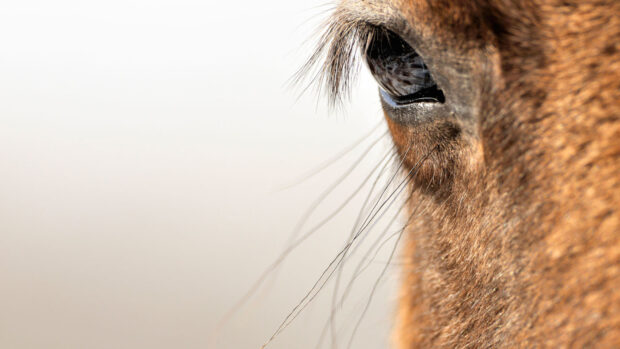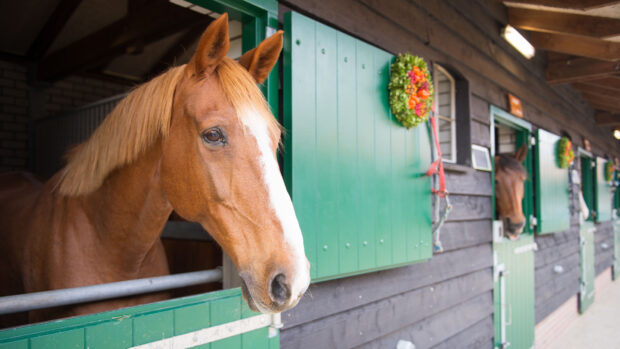Q: My mare began to suffer from girth galls last year. I gave her two weeks off for them to heal, but as soon as I started riding her again, the sores reappeared. I have owned my horse for four years and, up to this point, she has never suffered from this problem.
I have tried many different girths and girth sleeves, as well as topical applications of surgical spirit, witch hazel, steroid cream from the vet and salt water. I haven’t ridden for two-and-a-half months, as I’m trying to let the sores heal completely. Can you offer me any advice?
Vet Jo Holmes says: Once the thin skin around the girth area has been damaged, it starts to lose the elasticity necessary to cope with being girthed. Scar tissue replaces collagen and the skin may never be as strong again. However, I can offer some practical advice which may help.
- Cover the area with a thick layer of Vaseline daily, just before you ride.
- Always pull your mare’s forelegs well forward after tacking up.
- Make sure that there is no residual infection in the girth area, such as ringworm. This will cause the skin to go bald even without a girth.
- Check that the saddle fits naturally into the shape of your horse’s back and isn’t relying on the girth to hold it in place.
- Invest in a soft leather girth, or use a traditional string girth – this is sometimes better as it spreads the pressure more evenly around the horse’s middle.
Saddlery author Carolyn Henderson says: There are a few basic checks to make first. Firstly, are you sure that your saddle fits? For example, do you have to over-tighten the girth to compensate for it slipping? Arabs usually need a wide tree fitting, so it is worth seeking advice from a good saddle-fitter.
Also, do you remember to stretch your horse’s forelegs forward before you mount? It’s easy to forget if you are in a hurry, but this will minimise the risk of the skin becoming pinched.
Some thin-skinned horses are irritated by dried-on sweat. Rather than leaving the girth and saddle area to dry and then brushing them off, sponge your horse with warm water after riding. You can remove the excess with a plastic sweat-scraper or a clean towel.
It’s obviously important to keep numnahs, girths and girth sleeves clean. Leather and wipe-clean girths can often be easier to maintain. A girth shaped to curve away from the elbow area may also help. Ask your saddler for advice.



